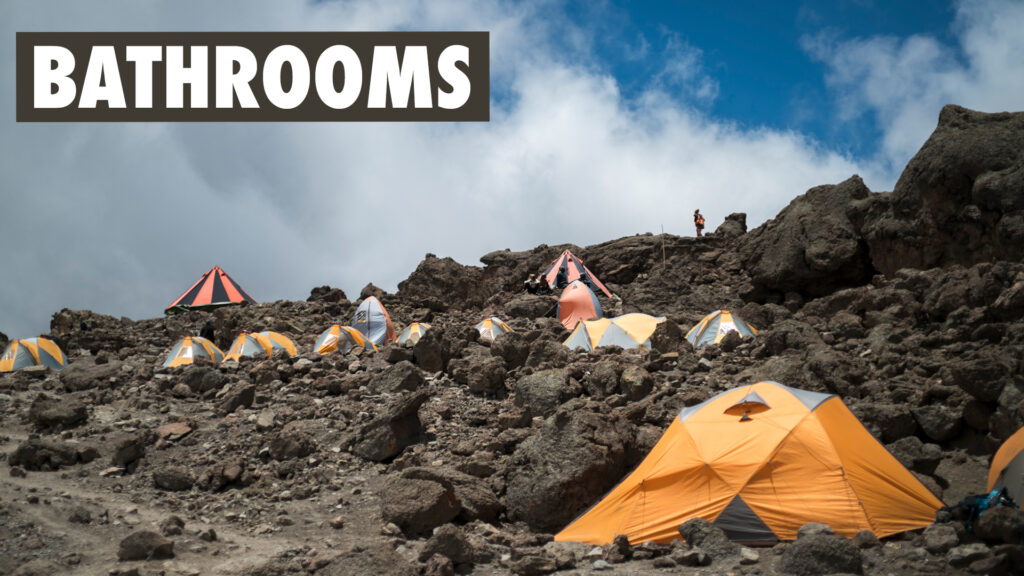
The toilet situation when climbing Kilimanjaro largely depends on the route and the tour operator you choose. Along the popular routes like Machame, Marangu, Lemosho, and Rongai, there are established campsites with basic facilities. These often include pit toilets or eco-friendly composting toilets. Some tour operators provide portable toilets that are set up at or near the campsites. These are more private and offer a more comfortable experience compared to pit toilets.
In the more remote and less-traveled routes or during the ascent itself, there may not be established toilet facilities. In these cases, guides will provide guidance on where to go and will emphasize responsible waste disposal. Regardless of the toilet facilities available, it’s important to follow Leave No Trace principles. This means carrying out all waste in a responsible manner to protect the environment. It’s advisable to bring your own personal supplies, including toilet paper and hand sanitizer, especially for situations where facilities are basic or not provided.
Maintaining good hygiene practices is crucial for your well-being on the mountain. Washing hands with soap and water, or using hand sanitizer, helps prevent the spread of germs. It’s important to communicate openly with your guides about your needs, especially if you have specific preferences or requirements related to toilet facilities. As you ascend, your body’s digestive system may be affected by the altitude. Your guides will be aware of this and can offer advice on managing any related issues. Be prepared for varying toilet situations and have a flexible attitude. Your guides and support team are experienced in providing guidance and ensuring that you have the necessary facilities for a safe and enjoyable climb.






